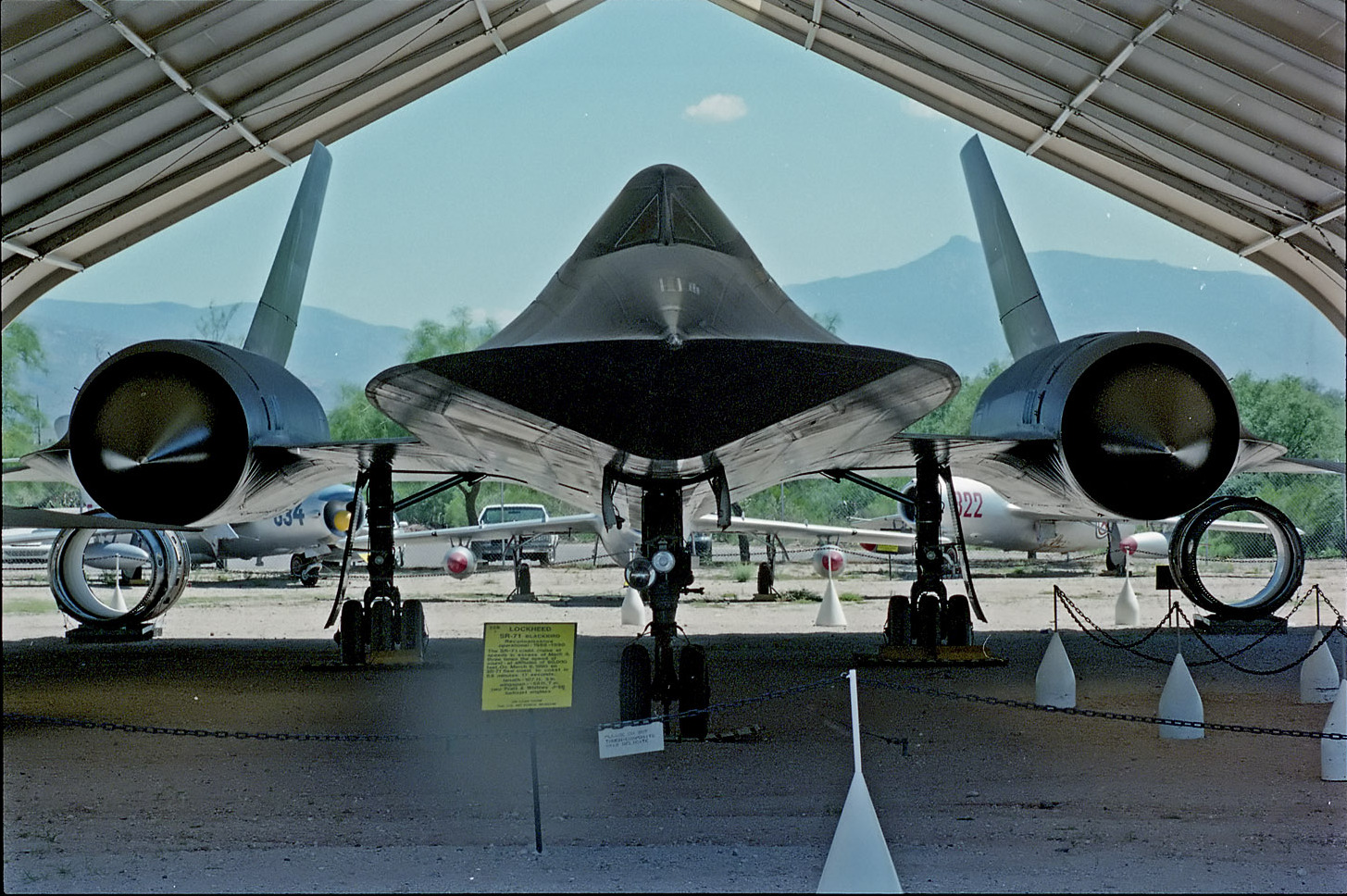
On the brisk, charged morning of April 15, 1986, an SR-71 Blackbird, manned by Major Brian Shul and Major Walter Watson as the Reconnaissance Systems Officer (RSO), soared through Libyan airspace at incredible velocities to capture the consequences of Operation “El Dorado Canyon.”

This was the United States direct military response to Muammar Qaddafi’s rampant sponsorship of terrorism, including the deadly bombing of the La Belle Discotheque in Berlin.

The SR-71, an unparalleled feat of aeronautical engineering birthed by Lockheed Martin’s Skunk Works and the visionary Clarence “Kelly” Johnson, was already a legend in the skies, holding world records for both speed and altitude.

Flying well above the speed of sound, the aircraft carried out its mission, rocketing past Qaddafi’s so-called ‘line of death’ at a velocity that made it untouchable to the ground-launched missiles trying desperately to reach it.

Major Shul recounts the intense mission in vivid detail, revealing how the Blackbird’s incomparable speed was its savior.

As Walter informed him of incoming missile launch signals, Shul didn’t flinch, instead pushing the aircraft to its limits.

“I estimated that we could beat the rocket-powered missiles to the turn and stayed our course, betting our lives on the plane’s performance.”

“After several agonizingly long seconds, we made the turn and blasted toward the Mediterranean. ‘You might want to pull it back,’ Walter suggested. It was then that I noticed I still had the throttles full forward. The plane was flying a mile every 1.6 seconds, well above our Mach 3.2 limit. It was the fastest we would ever fly. I pulled the throttles to idle just south of Sicily, but we still overran the refueling tanker awaiting us over Gibraltar.”

The Blackbird was no stranger to pressure. Since its first flight in 1962 and its introduction to operational missions in 1966, the SR-71 served as an essential asset in Cold War reconnaissance.

Its design was a direct answer to the Soviet Union’s capability to down high-altitude surveillance platforms, as evidenced by the shooting down of a U-2 in 1960. Equipped with specialized fuel, and hydraulic fluids, and constructed predominantly of titanium alloy to withstand intense heat, the Blackbird was built to survive the rigors of high-speed, high-altitude flight.

During their tense flight, Shul and Watson traversed hostile territory, and as they reached speeds where the jet “flew a mile every 1.6 seconds,” the aircraft seemed to come alive as if it understood the gravity of their escape from Libyan airspace.

The Blackbird was not just a machine; to those who flew her, she was a “national treasure,” an ally, and on that April day, she was their guardian, defying every missile with impeccable grace and raw power.

This mission was just one of many that showcased the SR-71’s vital role in the defense and intelligence strategy of the United States.

The aircraft served under six presidents and was a key element in surveilling not only the Soviet Union but also hotspots like North Vietnam, the Middle East, and of course, Libya.

Its capability to “outrun nearly 4,000 missiles” without a scratch is a testament to its supremacy in the skies.
Relevant articles:
– Mach 3.5 Over Libya in an SR-71 Blackbird, thesr71blackbird.com
– SR-71 Blackbird: The Spy Plane That Could Outrun Missiles, Coffee or Die Magazine, May 30, 2023
– Libya Operation “El Dorado Canyon”, oneconnectiondev2.com

